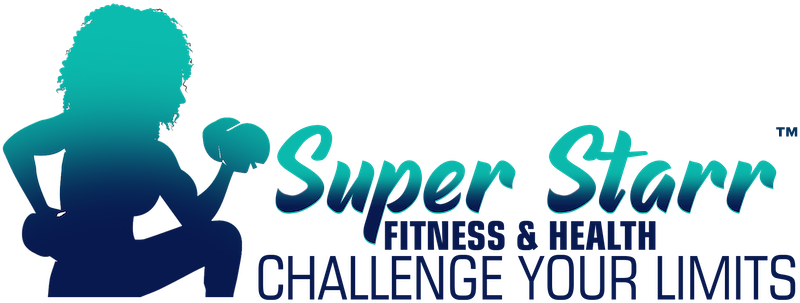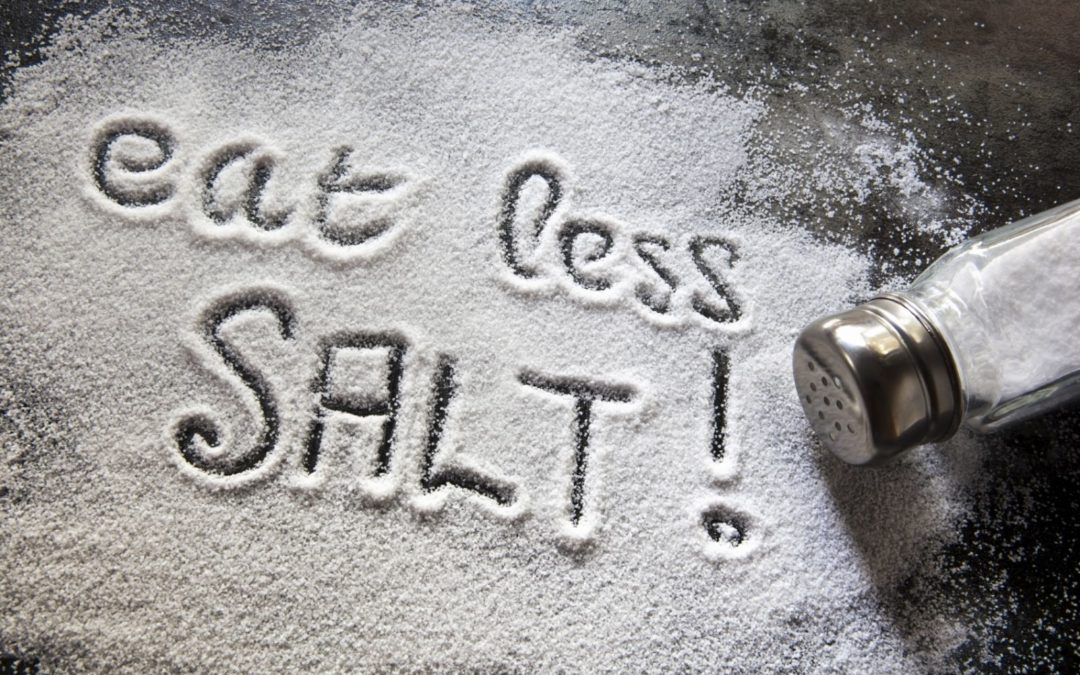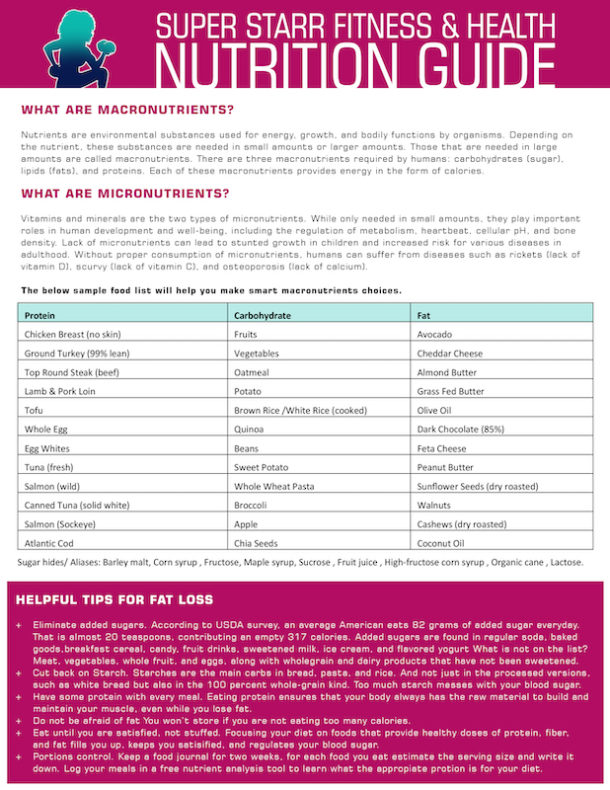Sodium is naturally found in food and is an important part of a healthy diet for the body to function properly. But too much sodium can be harmful to people with high blood pressure, kidney disease, liver disease or heart failure.
According to the American Heart Association, the average person should consume less than 2,300 mg of sodium per day, and the ideal limit for most adults is 1,500 mg of sodium.
Sodium is usually found in packaged, canned, frozen and preserved foods. Salt from a shaker is also a source of sodium. Did you know that one teaspoon of salt contains 2,300 mg of sodium.
How to Read A Food Label
You can find the sodium content of food by looking at the Nutrition Facts label, which is based on a 2,000 calorie diet. Here are some terms to look out for on the front of the package.
- Sodium free: 5 mg or less per serving
- Very low sodium: 35 mg or less per serving
- Low sodium: 140 mg or less per serving
- Reduced sodium: usual sodium level reduced by 25%
General Guidelines
- Avoid processed foods and instead eat more fresh foods.
- Instead of using salt while cooking and dining, season your food with fresh herbs and spices.
- Shop smart! Read nutrition labels and look for products that say “salt-free” or “low-sodium.”
- Limit eating out and cook more at home. You have more control of what goes in your meal if you prepare it yourself.



Recent Comments